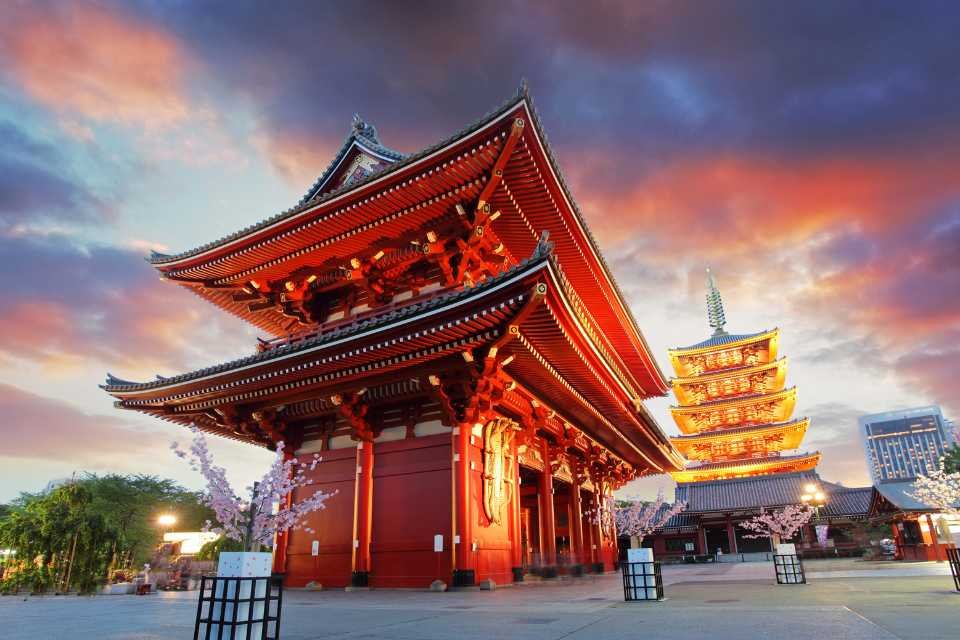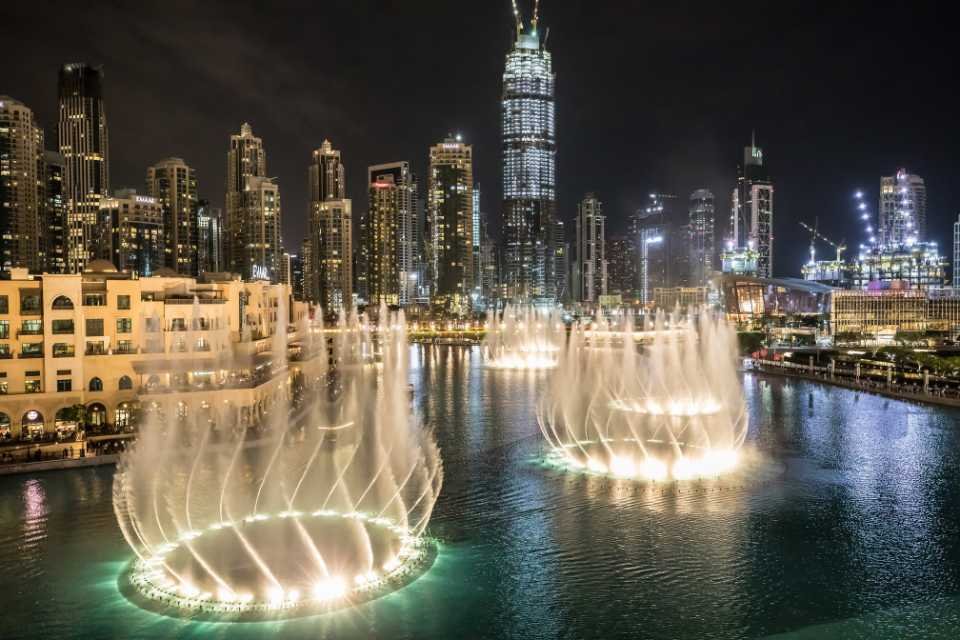Antelope Canyon travel guide
Explore this famous slot canyon with a splash of colour
If you’re looking for an incredible photogenic landscape, you can’t go far wrong with Antelope Canyon. Carved into the red and gold rock of Northern Arizona, this surreal cut through the Earth is a mystical and important landmark for the local Navajo Indians on whose reservation Antelope Canyon sits. Experience subtle grades and otherworldly colours as you explore the floor of Antelope Canyon.
About Antelope Canyon
Antelope Canyon is a slot canyon formed by running water that cuts through the deep umber, red and orange Navajo sandstone. The effect of running water cutting through the rock over several millennia gives Antelope canyon its ‘flowing’ shape with each layer of stone exposed to create elegant lines that run along the walls of the canyon. The canyon’s most impressive sight, however, is visible at around midday when the sun’s rays hit the canyon’s opening just right, casting incredible beams of light that give Antelope Canyon an entirely new perspective.
Antelope Canyon is split into two sections, Upper Antelope Canyon and Lower Antelope Canyon. The upper section is the most easily accessible section and therefore the most visited.
Where is Antelope Canyon?
Antelope Canyon is located within the Navajo Nation, Coconino County, Arizona. The canyon is located about 5 miles from the town of Page, Arizona.
Upper Antelope Canyon
Upper Antelope Canyon, called Tsé bighánílíní or 'the place where water runs through rocks' by the Navajo tribe, is accessible at ground level requiring no climbing. This ~200m section of the canyon is the busiest. The easy route through and a lack of steps or ladders makes it accessible for larger groups to traverse it. This doesn’t mean Upper Antelope Canyon isn’t worth seeing, however, with some of the best midday light effects to be seen in this straighter section of the canyon.
Lower Antelope Canyon
This ~400m section of the canyon, known as Hazdistazí, or 'spiral rock arches', is more challenging to reach with descending steps and ladders needed to reach the canyon floor. This makes Lower Antelope Canyon a more challenging hike but the rewards are well worth it. Quieter and with a more ‘flowing’ shape, Lower Antelope Canyon offers some of the best colours and shapes to enjoy but the light has to be absolutely perfect making it less vibrant than Upper Antelope Canyon on dull days.
Antelope canyon tours
The only way to visit Antelope Canyon is with an authorised tour guide. These are often local Navajo or experts who understand the risks of entering the canyon and are trained to deal with injuries, poor weather and, most importantly, flash flooding. Visiting alone is both against the rules and not recommended, with difficult terrain and a lack of phone reception or landmarks making it easy to get lost both in the canyon and on the way to it.
Visitors need to park at the main car park at the top of the trail that leads to Antelope Canyon. From there, guides will ferry groups in off-road vehicles (very welcome on exceptionally warm days). It is not possible to walk into either the valley leading to the canyon or into the canyon itself without accompaniment from an authorised tour guide.
Visitors can book via the Navajo National Parks website, the official Antelope Canyon Tours organisation, it’s possible to buy tickets in nearby Page from the Antelope Canyon Tours office and indeed at the fee booth near to the canyon’s entrance, but it’s highly advisable to book well ahead to avoid disappointment during the busy season.
Check out this Antelope Canyon complete tour – you’ll get guided access and you can book everything well in advance.
Antelope Canyon photography
Taking photographs in both sections of Antelope Canyon is challenging thanks to the wide range of colours and light intensities. Upper Antelope Canyon photography is slightly easier with better lighting at midday and the option to bring a tripod for longer exposure times. In Lower Antelope Canyon, however, tripods are not permitted so photographers will need to choose the right exposures and lenses. Always follow your tour guide’s lead when taking photographs as you may need to get moving if the weather changes or another tour is coming through.
When to visit Antelope Canyon
The best time to visit Antelope Canyon is at midday between April and September when the light from the sun hits the canyon’s edges filling it with light. This enhances the colours and shadows within the canyon making for a truly memorable sight.
Antelope Canyon flash flooding
Like many slot canyons, Antelope Canyon can see severe flash flooding that comes out of nowhere. In 1997, 11 tourists were killed by an unexpected flood, so extreme caution is exercised by the trained, expert tour guides to ensure nobody enters Antelope Canyon if floods are a possibility. There are also additional safety measures including ladders bolted to the canyon walls and safety nets to help stranded visitors to escape rising waters.
Is Antelope Canyon accessible?
Unfortunately, due to the difficult terrain and sandy valley floor, neither sections of Antelope Canyon are suitable for unmodified wheelchairs. However, this doesn’t mean wheelchair users should be put off entirely. Powered, thick-wheeled chairs will be fine in Upper Antelope Canyon.
However, we advise calling ahead as there are often restrictions for wheelchair users depending on weather and visitor numbers. The teams are very accommodating and will give you a time and date but you may have to wait a little longer.
Lower Antelope Canyon isn’t accessible by wheelchair at all but it’s still well worth visiting for the views in Upper Antelope Canyon, which are arguably better when the light is right!
Other attractions near Antelope Canyon
The town of Page has amenities for travellers, but the other big reason to visit the area is Horseshoe Bend. This dramatic curve in the Colorado River offers spectacular views as the waters cut a wide curve around the red rocks that almost brings the river full circle.
Just head to the car park off Highway 89 and follow the 1.5 mile trail to the overlook; the safest, best and most easily accessible viewpoint across Horseshoe Bend.
The best hotels near Antelope Canyon
Located in the middle of all the "down-lake" activities and adventures, Lake Powell Resort is conveniently located in Page, Arizona. If you're looking for somewhere to relax after an exhausting yet enjoyable day, the Resort is the perfect location to call home.
Indulge in a relaxing day in Lake Powell, Antelope Canyon, or rafting the Colorado River before returning to your room at the Country Inn & Suites Page, AZ. Stop into the hotel laundry facilities to wash your soiled clothing and have a cup of coffee on the way back to your room.
The Hyatt Place hotel in Page, Arizona, is well situated for taking advantage of both Lake Powell and Antelope Canyon. Water sports and marina activities, Horseshoe Bend, Bryce Canyon, and the Grand Canyon are all within a short distance of your front door too.
If you're visiting Page, the La Quinta Inn & Suites Page at Lake Powell is a great place to stay because it's family-friendly and has a tonne of great features.













